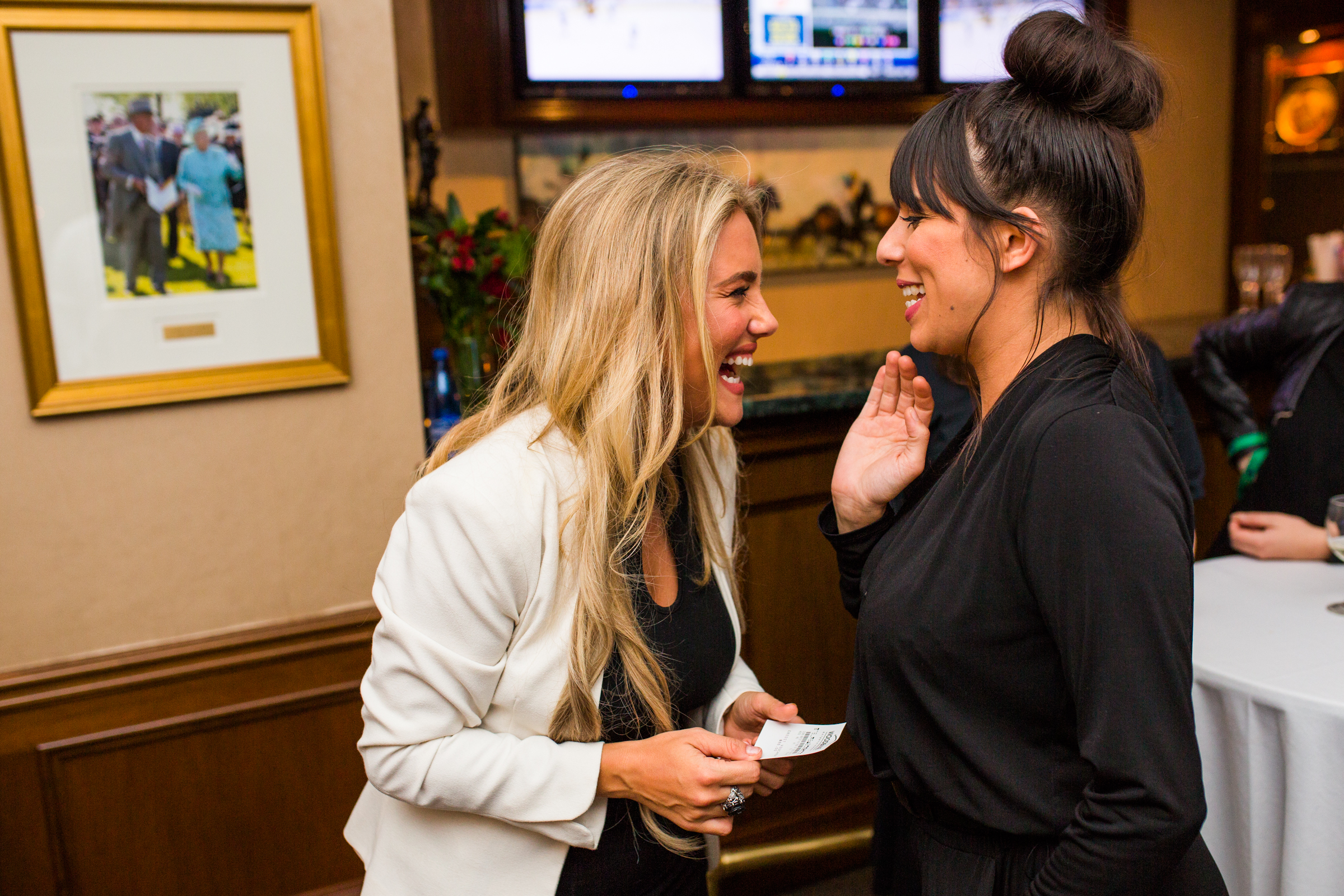Niall Collum - Canadian trainer profile
/By Alex Campbell
Trainer Niall Collum brings plenty of experience at the highest level of international racing to his training program. The 46-year-old native of Clonmel, Ireland, now based at Woodbine Racetrack in Toronto, Canada, has worked for major European operations Coolmore and Godolphin, and has traveled with their horses to some of the biggest races in the world, including the Breeders’ Cup, the Melbourne Cup, and races in Dubai, Hong Kong, and Japan.
His journey in the sport of horse racing started off when he was a 12-year-old in Ireland, riding horses at a pony camp. At 14, Collum got his first job in racing as a work rider for Irish trainer Pat Flynn. Collum not only rode horses in the mornings during training but also performed work around Flynn’s yard. It was that first job that kicked off Collum’s now more than 30-year racing career.
“I was offered a job for the summer with Pat Flynn, and I ended up staying there,” Collum said. “I didn’t go back to school and stuck with the horses to my parents’ horror. Back then, it was different too because we did everything. We rode out and we mucked out. You didn’t just ride the horses and go home. We’d have to do everything first hand.”
Collum had aspirations to be a flat jockey, but eventually grew to a point where that career wasn’t going to be possible. Although the flats weren’t an option, Collum continued working with Flynn for a little while longer before making a move to England to pursue a career as a steeplechase jockey.
“A guy who I knew said I would do very well to go to England,” Collum said. “I went to Toby Balding in England. He was a big jump trainer at the time. He said if I put my head down and worked hard, I’d get on there, which I did. I rode a nice few winners for him over the jumps. I rode my winners and everything, but things weren’t really taking off for me.”
Collum returned to Ireland and flat racing, joining Aidan O’Brien’s stable as a work rider. Collum knew O’Brien after spending some time working for O’Brien’s father-in-law, Joe Crowley, and worked with O’Brien and horses owned by Coolmore at Ballydoyle.
“I went back to him and spent five years there working with the best horses in the world and got to travel the world to all the big races,” Collum said. “It was a great experience, and I loved every bit of it.”
Collum spent five years working with O’Brien before looking for his next opportunity. This time, it was Godolphin who was expanding its operations, and Collum took the chance to work with them in both the United Kingdom and Dubai.
“After five years, you’re looking for something to freshen up, and the opportunity came up with Godolphin to go to Dubai,” Collum said. “They were getting big at the time. I got offered the job to go with them, and I did. We would spend the winters in Dubai and the summers in England. I think it was the best thing I ever did to be honest with you because it opened up a whole new world for me.”
Collum was once again a work rider with Godolphin, but his connections in Dubai and his prior experiences in Ireland would help him get into training. Collum worked for Godolphin for six years before making the switch to training and caught on with Eddie Kenneally, serving as an assistant trainer at Belmont Park in New York. He worked for Kenneally for a year before deciding it was time to go off on his own. Collum set up a racing syndicate and purchased horses to train, but ran into an immigration issue that would throw his career into turmoil.
Collum had traveled with his then girlfriend and now wife, Andrea Dube-Collum, to Montreal, Canada for a weekend getaway. Following the trip, Collum was denied entry upon his return to the United States, putting his syndicate in jeopardy.
TO READ MORE —
BUY THIS ISSUE IN PRINT OR DOWNLOAD -
Triple Crown 2019, issue 52 (PRINT)
$6.95
Triple Crown 2019, issue 52 (DOWNLOAD)
$3.99
WHY NOT SUBSCRIBE?
DON'T MISS OUT AND SUBSCRIBE TO RECEIVE THE NEXT FOUR ISSUES!
Print & Online Subscription
From $24.95






